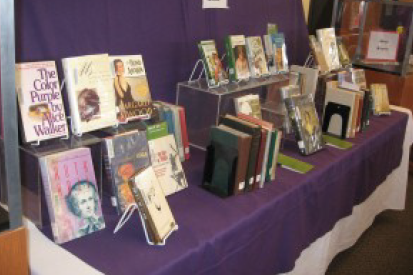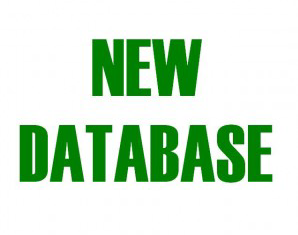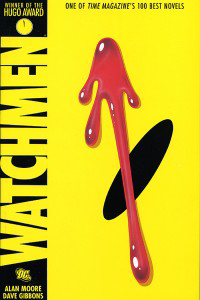 March 2011
March 2011
Jane Austen, Joyce Carol Oates, Toni Morrison, Edith Wharton. What do these women have in common? Gifted writers yes, but each of them is a fiction writer whose many works also feature a female protagonist. “By Women, About Women” is the theme the library chose for this year’s Women’s History Month display and it reflects many authors with a narrative that follows the life of one or more women. A look back into women’s history need not always be a list of accomplishments in the traditional domains of men. Our focus here is to draw attention to what women have done for centuries: be storytellers. As the creator of her own world and with the ability to tell it from her point of view, a female fiction writer is given the freedom to share what she knows and express her feelings. And there is no homogeneity here, the author’s attitudes and that of her character’s are as diverse as her political opinions, historical time period, her race or nationality, and her social status. Or perhaps she has no contextual motive, simply telling the story as she saw it. Some authors such as Rebecca West and Sylvia Plath wrote semi-autobiographical works, returning to the same themes over and over again. Some such as Mrs. (Elizabeth) Gatskill told the story of many different women, offering insight and perspective into their varied lives. Being a female writer is not always easy. Many nineteenth century writers including George Sand, George Eliot, and Vernon Lee adopted not only male pen names to author their works but wore men’s clothing in their respective societies. Women today are still shunned, ignored, overshadowed, or stereotyped by the literary world and by history. Jean Rhys did not have her works published until the 1970’s despite their being written some 40 years prior and Alice Walker faced censorship and banning for her short story “Roselily”, among others. More recently, the term “chick lit” allows some to dismiss or marginalize women’s works. But still the voices of women have not been stifled. The desire to tell one’s own story, or show the world how a woman sees and experiences it will continue. The first floor display offers just a few of those stories. Browse the catalog or ask a librarian for more fictional titles or biographies of the authors themselves.


 March 2011
March 2011 March 2013 (not 2011!)
March 2013 (not 2011!)
Due to an abundance of questions about all things Pittsburgh, the JKM Library has created a Pittsburgh Subject Guide to link you to a variety of useful resources about the area. Find out how to access various Pittsburgh newspapers and magazines, visit websites about Pittsburgh, and explore the many libraries and archives in Pittsburgh containing information on the city.
Commenting on blog posts requires an account.
Login is required to interact with this comment. Please and try again.
If you do not have an account, Register Now.